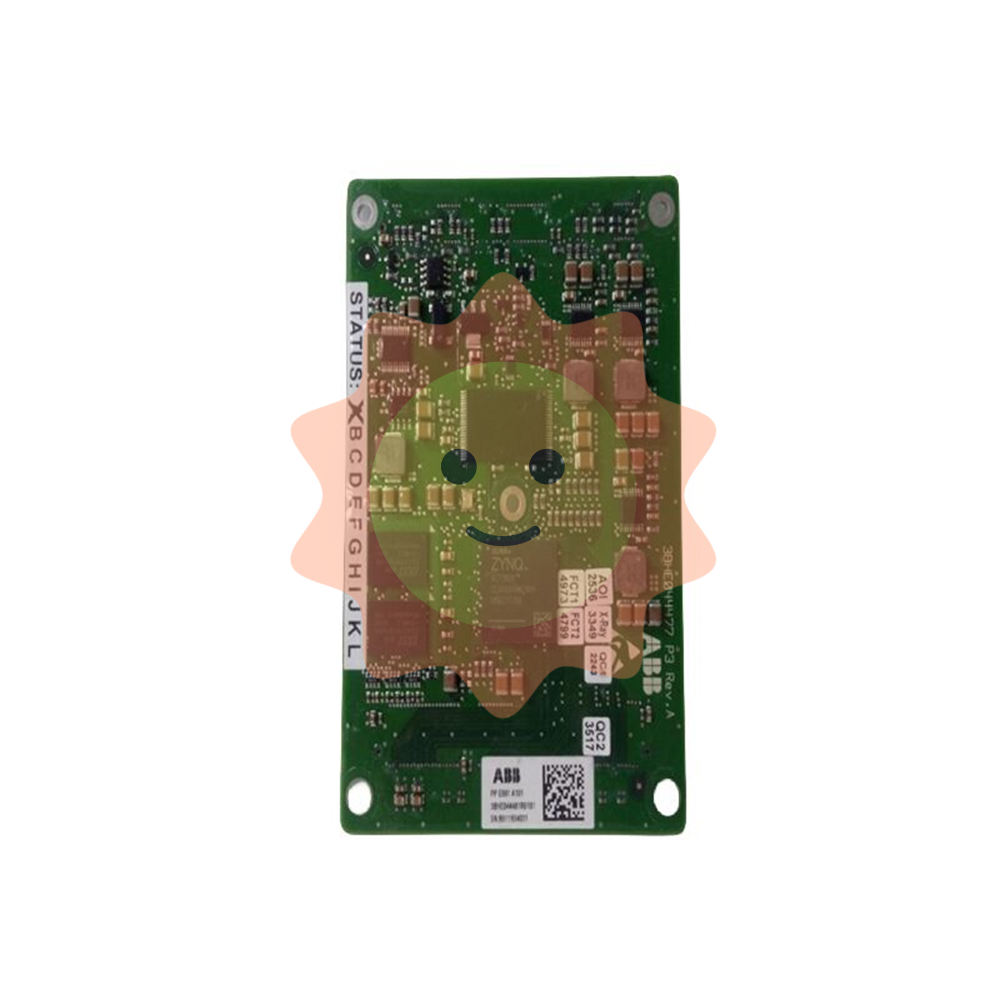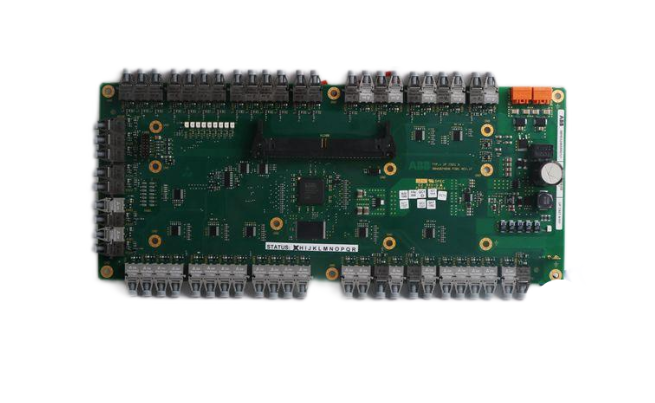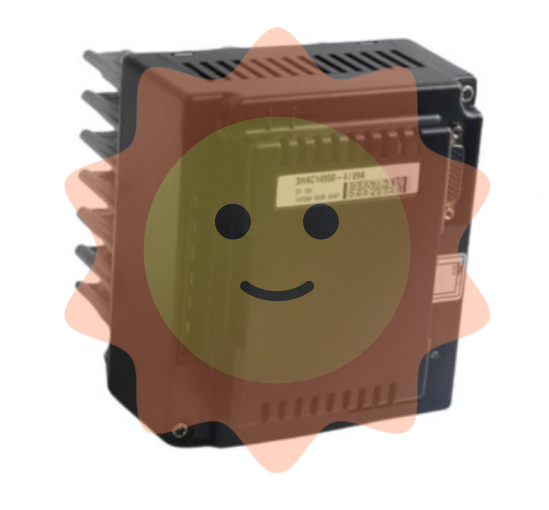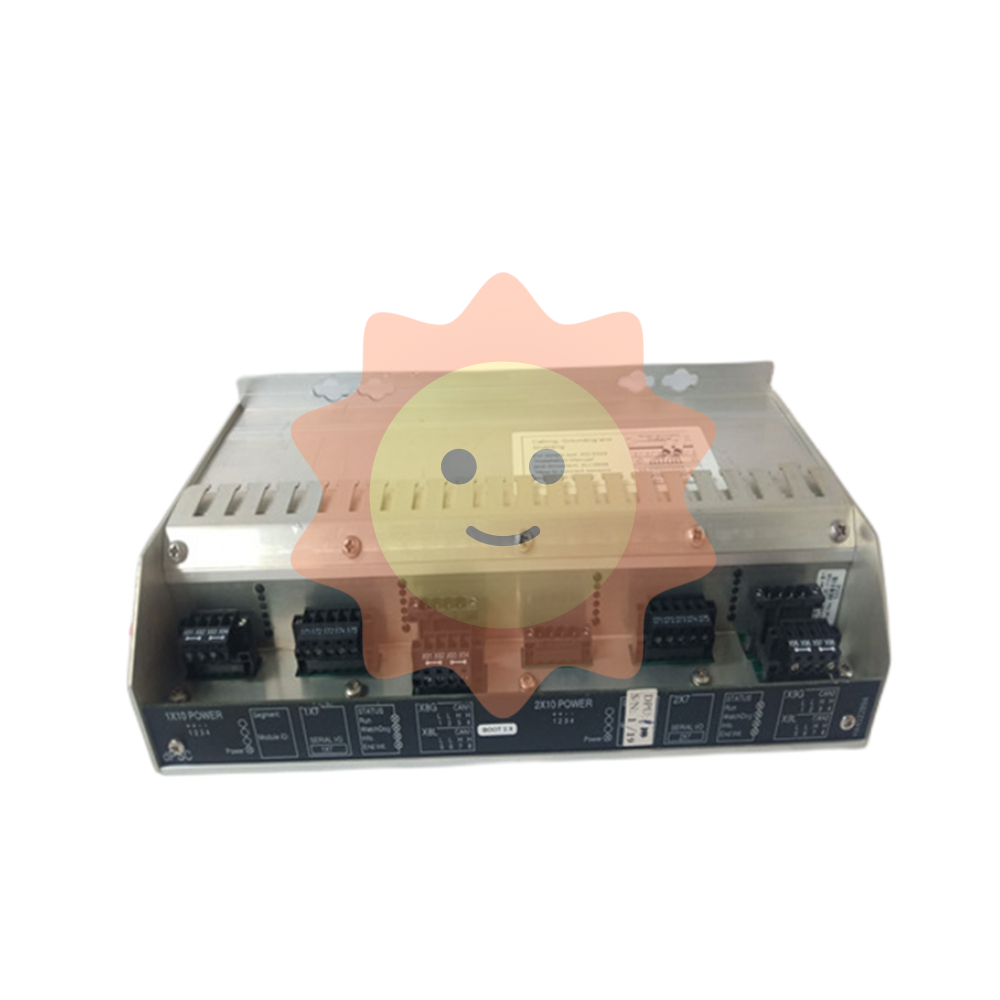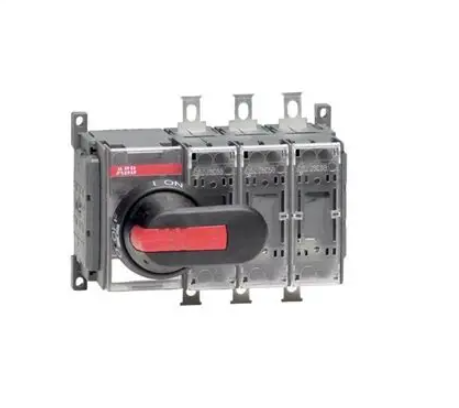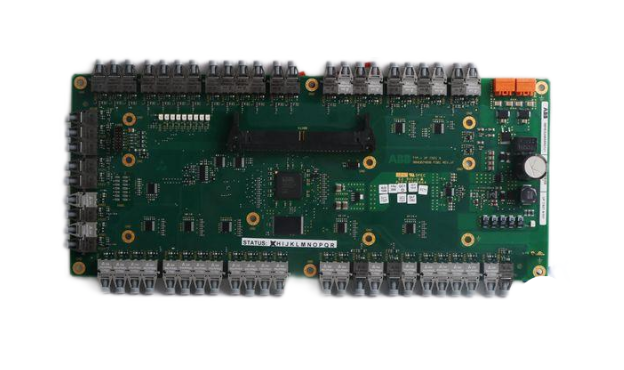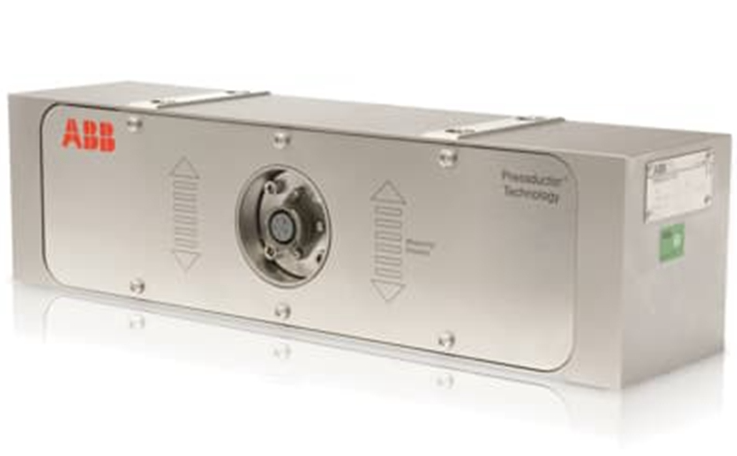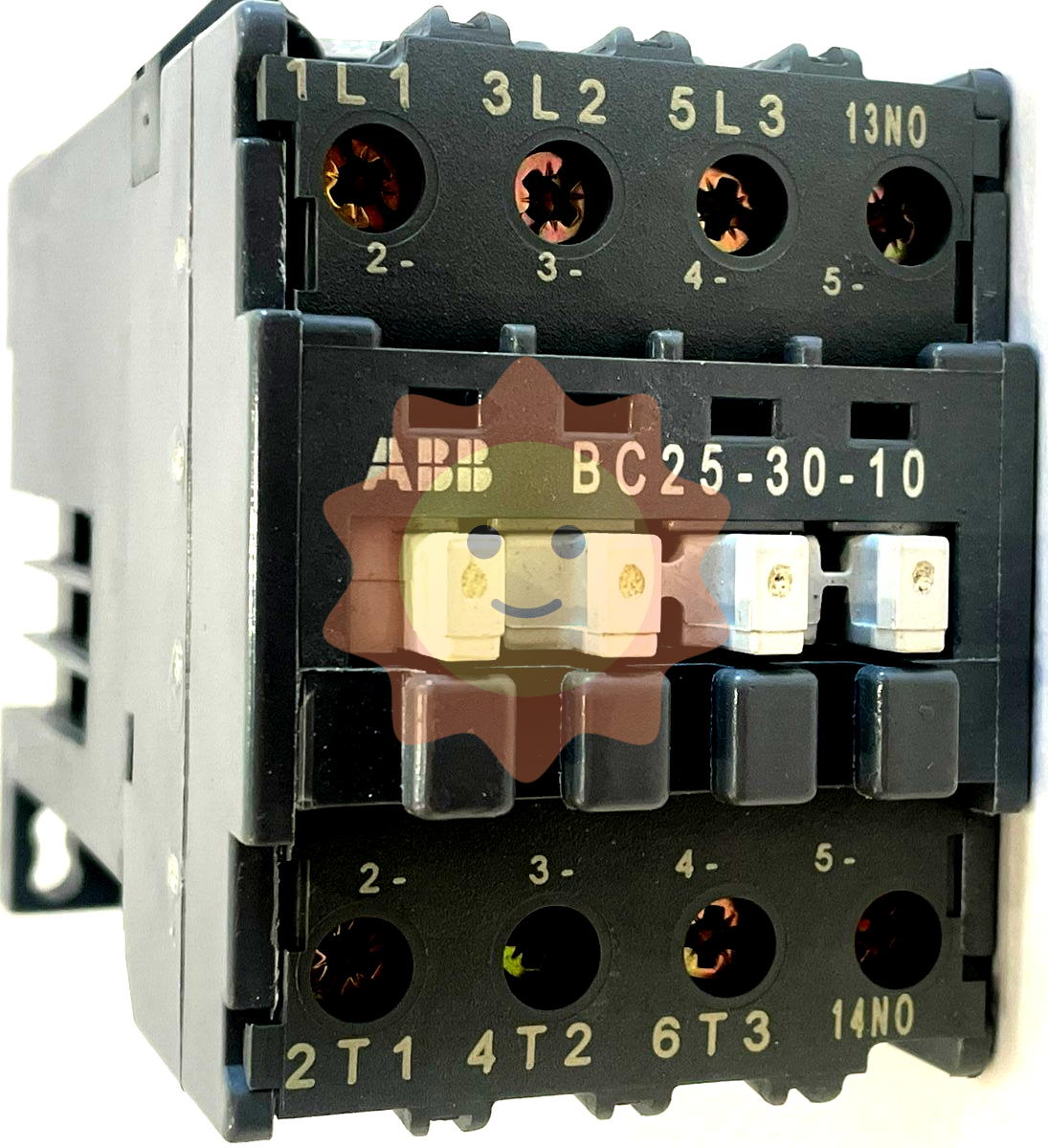Textile material invisible champion: Growing fiber, fabric, accessories quality enterprise tour
After more than 40 years of development, China's textile industry is in a mature and fully competitive stage, and throughout the development of the global textile industry, we see that China's textile industry is in a new stage of transformation and upgrading, global expansion, and at the same time in the demand side, product competitiveness and supply chain response speed are increasingly becoming the key to brand success. Under the opportunities of the new era, China's textile manufacturing enterprises with high added value and strong competitiveness have broad space for future growth.
Shenzhou International: fabric clothing integration leader, deep binding top brands continue to grow
(1) History of development: forward-looking layout, continue to build core barriers, long-term leading the industry
Looking back on the 30 years since the company was founded, after the ups and downs of the industry, it has finally become a textile leader with profound barriers, and the road of Toray's rise has a similar place: persevere in the research and development of innovative clothing fabrics, timely cut into the best track, complete layout of industrial chain bases at home and abroad, improve automation efficiency, and deeply bound leading customers with core advantages are the main reasons for the company's success.
1. 1988-2005: Under the background of China's textile transfer, it occupied the leading position of integrated knitting suppliers
The company was founded in 1988, the current chairman Ma Jianrong's father Ma Baoxing served as the deputy director of two knitting factories, relying on senior industry technology and original resources to introduce technical team, positioning in the high-end clothing manufacturing field. Initially to undertake high-quality requirements and high-profit Japanese baby clothing orders, gradually build a reputation. In 1997, Uniqlo placed 350,000 large orders to the company, but it was required to be completed within 20 days, and Ma Jianrong decisively won and successfully delivered. In the following years, orders from Japanese customers such as UniQlo, Idu Jin, ITO Yokado and other brands increased significantly, and Shenzhou's output value increased rapidly from less than 100 million yuan in 1997 to 2.5 billion yuan in 2005.

2. 2006-2009: Correctly cut into the sports track and become a leading sports brand head supplier
In 2005, quotas were abolished among WTO members, and China's textile manufacturing was booming. Shenzhou chose to enter the sports industry, after rigorous assessment, one after another won Nike, Adidas, Puma and other head brand supply qualifications, from 2005 to 2009, sportswear accounted for 9% of revenue increased to 42%, product structure and geographical distribution further rationalized, despite the financial crisis, The company's capacity expansion is progressing smoothly.
3. 2010-2013: industry turmoil, layout of overseas integration base, deep binding of large customers
Rising labor costs have prompted brands to shift orders to Southeast Asia, while the domestic market has been affected by the brand inventory crisis. In the face of industry adjustment, the company continued to increase innovation and research and development and began to layout overseas. In 2012, the company achieved a breakthrough in the development and mass production of Nike Flyknit vamp, Flyknit is called the historic technology upgrade of sports shoes, Nike earned $650 million in half a year with this technology, 12 to 16 years Flyknit vamp orders in the company's revenue increased from 2% to 6%. Excellent fabric development ability makes the company obtain Nike priority supply right. In 2013, the company built a fabric base in Vietnam, and is committed to copying the integrated production model overseas.
4. 2014-2018: The overseas integrated base climbed rapidly, the efficiency was significantly improved, and the scale grew against the trend
China's garment export growth has gradually stalled, and Southeast Asia has shown cost and policy advantages. On the one hand, the company responds to cost pressure through research and development technology improvement, and on the other hand, quickly completes the climb of Vietnam fabric factory and the production climb of 10,000 garment factory, and still maintains an annual growth of 15% under the pressure of the industry. At the end of 2018, Vietnam fabric factory has undertaken 45% of the company's fabric supply, Southeast Asia's garment production capacity accounted for 25% of the company, Vietnam's newly built 10,000 factories increased to 80% of the domestic factory, efficient operation of the overseas integrated production base has been replicated successfully.
5. 2019 to date: Frequent trade frictions, accelerated overseas production capacity expansion, and maintained the lead
Global trade protectionism is on the rise, and Sino-US trade frictions are intensifying. The company's new round of downstream capacity expansion at home and abroad has entered the construction and production period. 21 H1, the company's fabric production capacity has reached 700 tons, clothing scale 70,000 people, of which 350 tons of overseas fabric production capacity, clothing about 34,000 people, accounting for 50% of the group, reaching a reasonable distribution at home and abroad. Looking forward to 2-3 years, the company will continue to build 200+ tons of fabric production capacity in Cambodia, the scale of 6,000 people Adi garment factory, and expand the new industrial park in Cambodia to 18,000 people. The company's production capacity also continues to grow with the improvement of production technology and efficiency. (Report source: Future Think Tank)
(2) Competitiveness: advanced fabric research and development + leading clothing efficiency, strong joint to create scarce integrated capacity
Soft power: generous employee treatment, forward-looking environmental protection investment, ESG consolidate the moat
International big-name customers generally have high ESG requirements. For example, Nike continues to put forward sustainable development plans and targets, regularly evaluates the environmental and social performance of tier 1 factories, and cuts down low-rated factories; Adidas proposed six strategies for sustainable development, in 2024, all business products only use recycled polyester fiber, and in 2030, its own and suppliers' greenhouse gas emissions will be reduced by 30% compared with 2017.
Shenzhou attaches great importance to sustainable development investment and risk control to consolidate the moat. The company's key investment directions include customer information security, production automation, energy saving, environmental protection and emission reduction, employee empowerment and welfare, supply chain management, etc., while meeting high ESG, it can continue to invest to consolidate its own advantages. The company's specific measures include: 1) set up a dedicated factory, protect customer information, customized to meet customer needs; 2) Continuous automation and environmental protection and energy saving transformation to improve efficiency and reduce energy consumption; 3) High standard construction of environmental protection facilities, clean emissions; 4) Staff management, pay high attention to staff care, and continuously reduce the turnover rate under the pressure of labor shortage in the industry (<5%); 5) Supply chain management, optimize domestic and overseas high-quality leading raw material suppliers.

Energy saving and emission reduction and staff stability management have achieved remarkable results. From the perspective of the company's energy intensity, the overall energy consumption and emissions are at a good level and show a downward trend (more environmentally friendly natural gas is on the rise). From the perspective of the company's employee mobility, in the context of the continuous growth of the company's employees, the mobility has remained at a low level, and the monthly turnover rate has remained below 5%, and the overall trend has declined over the years.
(3) Growth: competitiveness determines share, and the penetration potential is enough to support double-digit growth for 10 years
We believe that the procurement share of suppliers in the brand mainly depends on the competitive advantages of suppliers and their own industry chain peers. On the one hand, the brand hopes to keep the supplier moderately decentralized and control the single supply risk, and on the other hand, it hopes to have the best quality supply resources. When a supplier has a significant advantage over its peers, the benefits gained by the brand in striving for its capacity resources are greater than the risk of supply concentration, and the supplier's share of brand purchasing is expected to increase. Therefore, we believe that Shenzhou International's share ceiling in leading brands mainly depends on its competitive advantage compared to other suppliers. The core assumption of the following calculation is that Shenzhou can maintain its competitive advantage in the future and expand its share by breaking through the bottleneck of production capacity.
1. Brand customers continue to integrate suppliers and improve the concentration of high-quality production capacity
Nike continues to increase the share of head suppliers, the increase in clothing is higher than that of shoes. Nike nearly a decade ago, the proportion of the top five shoe/clothing suppliers showed a continuous upward trend, reaching 61%/51% in fiscal year 2021, and the proportion of head clothing suppliers showed a continuous upward trend and there was a certain gap compared with the concentration of shoe suppliers; Adidas has expanded the number of suppliers in the past two years, but at the same time the proportion of core suppliers has further expanded. From the point of view of the number and proportion of core suppliers, it was significantly increased in 2019, and under the impact of the epidemic in 2020, the number of total suppliers of Adidas was significantly reduced, and it is expected to further focus on head suppliers.
2, the penetration potential can still support the company to maintain double-digit compound growth in the next 10 years
From 2014 to 2020, the company's purchasing share in the four major brands averaged +0.78p.p. per year. The company's purchase share in brand customers is mainly the share of knitwear category, in 2020, the four brands Nike, Adidas, Uniqlo and PUMA purchases accounted for about 17.5%, 20%, 11% and 40%. In order to obtain the past trend of the historical share, we use the operating cost of the four brands of clothing as the denominator to calculate Shenzhou's share in the four brands. Due to the unknown exact value of the gross profit margin of clothing categories and other procurement materials included in the cost, there is a slight difference between our calculation result and the actual share, but we think the overall change trend can be referred to. According to our standard, Shenzhou's total share of apparel procurement of the four major brands increased by 0.78p.p. per year on average in the past six years, and accounted for 14.4% of the total share of the four major brands in 2020 (affected by the epidemic in 20 years, customers of all brands declined, resulting in a large increase in share in that year).
Taihua New Materials: civil nylon 66 supply and demand, the whole industrial chain high-end leader accelerated expansion
(1) Development history: fabric → grey cloth → filament, extending from downstream to upstream, continuous expansion of production
In February 2001, the company's predecessor Taihua Special Textile was established; 2007 Taihua Textile absorbed and merged Taihua Weaving; At the end of 2007, Taihua Textile acquired high-tech dyeing and finishing; At the end of 2010, Taihua Textile acquired Fuhua Weaving. In 2011, Taihua Textile acquired Jiahua Nylon, and completed the whole industrial chain layout integrating nylon filament, textile, dyeing and finishing. In October 2018, after finishing and processing 34.5 million meters of high-grade special functional fabric expansion project was completed and put into operation; In May 2019, the annual dyeing 80 million meters of high-grade differential functional nylon fabric expansion project was completed and put into operation; In July 2019, the intelligent annual output of 120,000 tons of high-performance environmental protection nylon fiber project began; In November 2019, the high-grade nylon grey fabric project with an annual output of 76 million meters was completed and put into operation. From 2015 to 2018, the annual revenue CAGR was 16.1% to 2.97 billion yuan. In 19 and 20 years, affected by the trade war and the epidemic, the revenue and performance declined. By the end of March 2021, the 120,000 tons of high-performance nylon fiber project was basically completed and entered the trial operation and production stage. The successful expansion of differentiated nylon filament helped the performance increase in the first three quarters.
(2) Business analysis: The rapid expansion of nylon filament, gross profit margin is dominant, and production capacity is in short supply

The proportion of nylon filament increased rapidly, the gross profit margin advantage was obvious, the capacity utilization rate and the production and sales ratio were close to 1 In 2020, the company's nylon filament/nylon grey fabric/polyester grey fabric/nylon topper/polyester topper received 8.4/6.7/1.0/43/360 million yuan, the proportion was respectively
33.6% / 26.6% / 4.1% / 17.1% / 14.6% of 15 ~ 20 years compound growth of 15.9% / 5.1% / 21.8% / 3.7% / 18.4%. From the perspective of gross profit margin, the percentage in 2020 is 21.3%/22.0%/15.3%/29.3%/15.0%, and the gross profit margin of nylon filament has steadily increased in the past 6 years, and has exceeded the polyester grey fabric and polyester fabric in 20 years. At the same time, because the company's nylon filament is in short supply, the company has 65,000 tons of nylon filament standard production capacity, and the capacity utilization rate has exceeded 100% since 2016, and the production and sales rate is close to 100%.
(3) Competitive advantage: the whole industry chain + high technical barriers, product added value and gross profit margin dominate
The company has a complete R & D, spinning, weaving, dyeing and finishing and sales of integrated industrial chain, can R & D, production of environmental health protection, outdoor sports, special protection three series, a variety of high-grade functional nylon fabrics, is one of the few domestic can produce civilian high-grade nylon 66-FDY products enterprises. As early as more than 10 years ago, the company laid out the civilian 66 spinning production, and at present, the production equipment and production process have formed high technical barriers, and the yield is better, which is difficult to be surpassed by domestic competitors in the short term.
(4) Growth: Differentiated fibers are in short supply, and they are expanding with deep technical and equipment barriers
1, nylon 66 excellent performance, in short supply, adiponitrile localization will further increase the demand. From the perspective of versatility, nylon 66> nylon 6> polyester fiber, the excellent performance of nylon 66 is usually used in down jackets, outdoor hardshell jackets, yoga wear and other better demand for high-end clothing and special functional clothing. According to our estimates, the domestic civilian nylon 6 and 66 filament production of 224/72,000 tons respectively. Civilian nylon 66 filament downstream demand is strong, and the production is less mainly due to the upstream key raw material adiponitrile production technology for a long period of international monopoly. However, this "card neck" technology has been broken through by domestic manufacturers, and at present, major domestic plants have at least 1 million tons of adiponitrile under construction. At present, the industry nylon 66 has been in short supply, and the smooth production of adiponitrile is expected to reduce the cost of nylon 66, thereby further increasing civil demand.
2, renewable nylon has a broad prospect, the industry's first 10,000-ton nylon fabric chemical regeneration program can be more and more leading brand customers at home and abroad pay attention to sustainable development, many brands put forward in the medium and long term to achieve renewable materials in clothing to reach a certain proportion of the plan, renewable nylon has a very strong development prospects. At present, there is no project case of 10,000 tons of chemical recycling method using complete sets of own technology in China. In August 2021, Taihua New Materials signed a chemical recycling nylon material project with Ploymetrix, a subsidiary of Sanlian Hong. According to the announcement of Sanlian Hongpu, this cooperation project is the industry's first 10,000-ton chemical regeneration nylon system solution for nylon fabric. The waste silk, scrap blocks and scraps in the production process of nylon fabric are chemically depolymerized to obtain caprolactam monomer, and then re-polymerized to obtain high-quality spinning grade slices. After melting spinning, various specifications of recycled nylon fiber are prepared. Fiber reuse closed loop.
- EMERSON
- Honeywell
- CTI
- Rolls-Royce
- General Electric
- Woodward
- Yaskawa
- xYCOM
- Motorola
- Siemens
- Rockwell
- ABB
- B&R
- HIMA
- Construction site
- electricity
- Automobile market
- PLC
- DCS
- Motor drivers
- VSD
- Implications
- cement
- CO2
- CEM
- methane
- Artificial intelligence
- Titanic
- Solar energy
- Hydrogen fuel cell
- Hydrogen and fuel cells
- Hydrogen and oxygen fuel cells
- tyre
- Chemical fiber
- dynamo
- corpuscle
- Pulp and paper
- printing
- fossil
- FANUC
- Food and beverage
- Life science
- Sewage treatment
- Personal care
- electricity
- boats
- infrastructure
- Automobile industry
- metallurgy
- Nuclear power generation
- Geothermal power generation
- Water and wastewater
- Infrastructure construction
- Mine hazard
- steel
- papermaking
- Natural gas industry
- Infrastructure construction
- Power and energy
- Rubber and plastic
- Renewable energy
- pharmacy
- mining
- Plastic industry
- Schneider
- Kongsberg
- NI
- Wind energy
- International petroleum
- International new energy network
- gas
- WATLOW
- ProSoft
- SEW
- wind
- ADVANCED
- Reliance
- YOKOGAWA
- TRICONEX
- FOXBORO
- METSO
- MAN
- Advantest
- ADVANCED
- ALSTOM
- Control Wave
- AB
- AMAT
- STUDER
- KONGSBERG
- MOTOROLA
- DANAHER MOTION
- Bently
- Galil
- EATON
- MOLEX
- Triconex
- DEIF
- B&W
- ZYGO
- Aerotech
- DANFOSS
- KOLLMORGEN
- Beijer
- Endress+Hauser
- MOOG
- KB
- Moxa
- Rexroth


Email:wang@kongjiangauto.com

